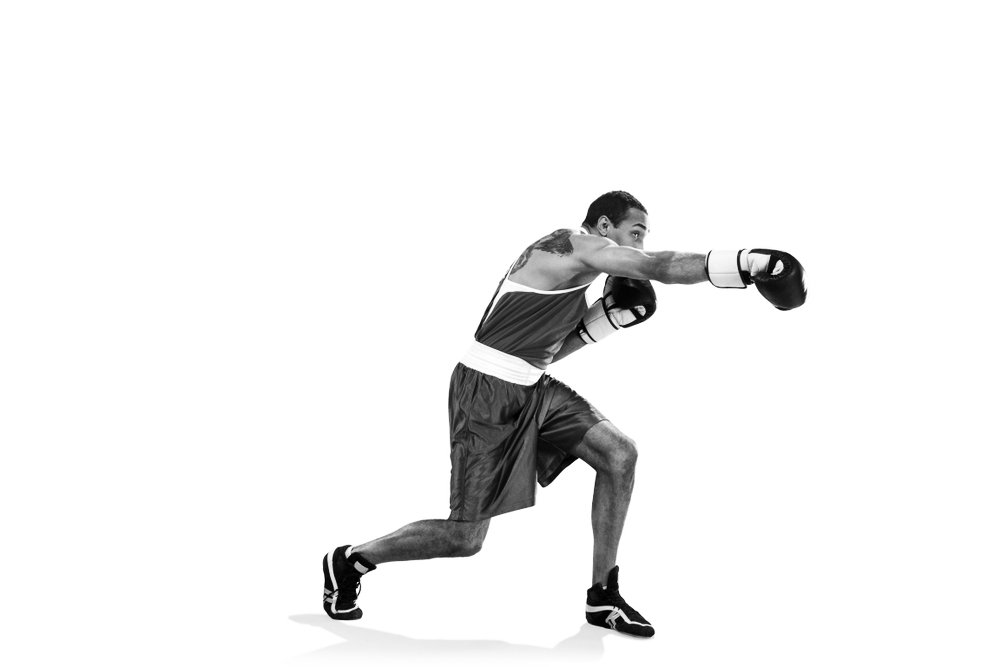10 Basic Combinations
Practicing basic combinations is an important aspect of boxing training, as it can help a boxer improve coordination and technique. Basic combinations are simple sequences of punches that are thrown in rapid succession, and they can be used to score points, land clean shots, and catch an opponent off guard.
One reason why it is important to practice basic combinations is that it can help a boxer improve their coordination. Throwing basic combinations slowly and with proper technique can help a boxer develop better hand-eye coordination and the ability to throw punches in proper sequence.
Another reason why it is important to practice basic combinations is that it can help a boxer improve their technique. By practicing slowly and focusing on proper technique, a boxer can develop better punching form and power. This can be especially useful when fighting against a larger or more experienced opponent.
Overall, practicing basic combinations is an important aspect of boxing training that can improve coordination and technique. It is a valuable tool for any boxer looking to improve their skills in the ring and can be especially useful for scoring points, landing clean shots, and catching an opponent off guard.
Below is a list of 10 basic combinations to practice while shadowboxing or on the heavy bag:
1. Double Jab
The Jab is the closest punch to the opponent and is typically used more often than any other punch. If a single Jab keeps the opponent at bay, the Double Jab combination does this doubly so. For this reason, it is a great combination for beginners to practice.
2. Jab, Cross
The Cross is one of the most powerful punches a boxer can throw. The Jab-Cross combination is important to practice because it teaches beginners the basic concept of the ‘set-up’.
3. Jab, Cross, Lead Hook
Unlike the Jab and the Cross, the Hook travels in a horizontal curve and is typically used at close range. The Jab-Cross-Hook combination is important for beginners to practice because it teaches how to throw the appropriate punch at the appropriate range or distance.
4. Jab, Cross, Lead Uppercut
The Lead Uppercut can be unexpected for many opponents. Unlike other punches, it travels in a vertical curve, and is typically used at very close range. The Jab-Cross-Uppercut combination teaches appropriate range but also how to punch at different angles.
5. High Jab, Low Jab
The High Jab, Low Jab is a fantastic combination because it keeps the opponent guessing. It can also be practice in reverse (Low Jab, High Jab) for added unpredictability. This combination(s) is worth learning because it introduces boxers to the concepts of tactics and strategy.
6. High Jab, Low Cross
The High Jab, Low Cross combination is a variation of the above, but offers more power. It is important to learn because it forces boxers to develop excellent timing and footwork.
7. Jab, Lead Hook
The Jab-Hook combination can be very unexpected, and can also be practiced in reverse (Lead hook, Jab) for even more unexpected. This is an important combination(s) to practice because it teaches boxers how to be unpredictable by changing the trajectory of their punches.
8. Jab, Lead Uppercut
The Jab-Uppercut combination is a variation of the above, but is more unexpected. It is worth learning because it teaches boxers the ability to change trajectory in multiple ways, and hence develop elusiveness.
9. Cross, Lead Hook, Cross
The Cross-Hook-Cross is a combinations of some very powerful punches. It is worth learning because it teaches boxers to shift their bodyweight for correct technique, but also prepares them for learning how to counter-punch.
10. Double Lead Hook, Cross
Finally, a Double Lead Hook followed by a Cross can be both unexpected and powerful. The first hook is typically used to create an opening. Hence, it is worth learning because it introduces boxers to the concept of openings.
Find this useful?
Follow me on social media:






